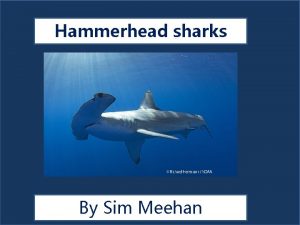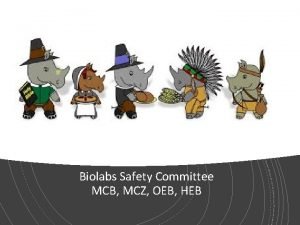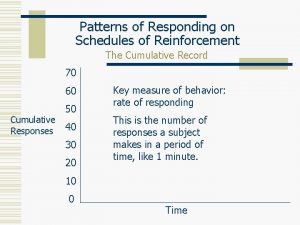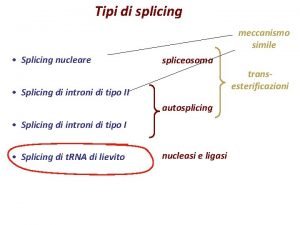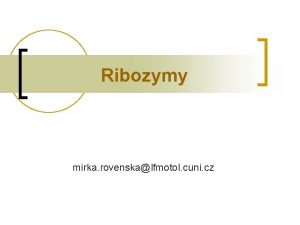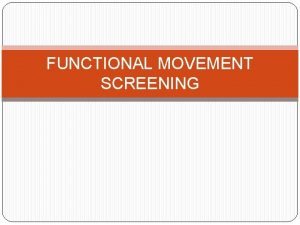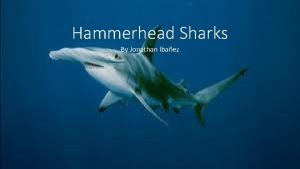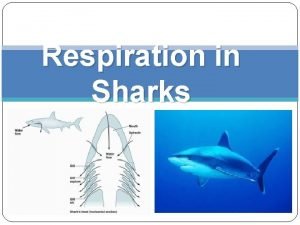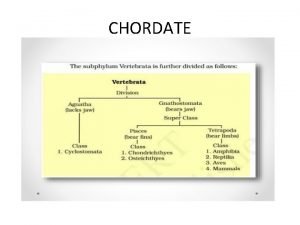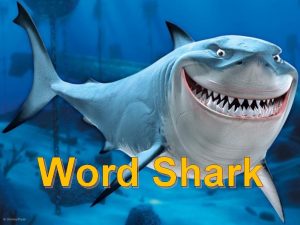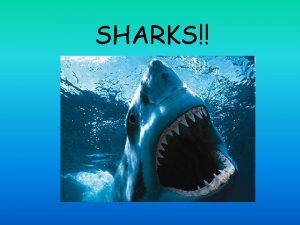Diel movement patterns of the scalloped hammerhead shark












- Slides: 12

Diel movement patterns of the scalloped hammerhead shark (Sphyrna lewini) in relation to E 1 Bajo Espiritu Santo: a refuging central-position social system A. P. Klimley and D. R. Norse Scripps Institute of Oceanography University of California State University Source: Dive and Boats

Ultrasonic Telemetry: Source: americanscientist. org

Diel Cycles: ➢ Diel vertical migration (DVM), also known as diurnal vertical migration, is a pattern of movement used by some marine and freshwater species. The migration occurs when organisms move between pelagic zones at day and night intervals. This can be a seasonal or daily cycle.

Refuging Model (Hamilton and Watt 1970): ➢ Socially complex model characterized by… ○ Large number of individuals in core area (during inactive diel cycle) ○ Disperse to forage in small groups or as solitary individuals away from core area during active diel cycle.

Location of Study: ➢ Located off the East coast of the Baja Peninsula of Mexico in the Gulf of California. ➢ The seamount is 18 meters below the surface at it’s highest point. ➢ Observations took place from the summer months of June to September of 1981 -1983.

Mapping out the study site: ➢ Bottom topography at El Bajo Espiritu Santo was mapped using the fathometer and odometer of the research vessel and printed on chart paper. ○ ○ ○ Dotted lines: depth contours (6 m intervals) Solid lines: radial transects This entire map: ridiculous but it was the 80’s

Peter Klimley, god among men: ➢ In order to track individual shark movements, Dr. Klimley manually tagged 13 individuals with coded ultrasonic transmitters and 100 others with distinctly patterned markers. ○ ○ 13 tagged sharks : diving depth and location on the seamount 100 marked sharks: allowed Klimley to observe emigration within the school Source: Peter Klimley

Tracking the sharks: ➢ Positions of the 13 ultrasonic individuals were determined in 15 minute intervals via fathometer and odometer ➢ Hourly measurements of surface current direction and velocity ➢ This graph shows the activity of shark #9 in 15 minute increments.

Deep Data: ➢ The depths of shark #13 are shown here: ○ ○ Tracking was intermittent (shown by broken lines) Thought to “hug” the edge of the sea mount during the day hours Deeper dives after sunset away from the sea mount Depth limit was 146 meters

Results: ➢ During the day, Sphyrna lewini utilizes the seamount ridge as a core area where schooling but not foraging takes place- even when known prey items are present. ➢ Late in the day, individuals or small groups were observed to disperse from the seamount into the pelagic environment. They would not return until early morning, suggesting a foraging diel cycle. Source: Tomas Kotouc

Why is Refuging beneficial? ➢ Optimizing energetic output. Energy could be conserved during the day by the scalloped hammerheads as they slowly swam back and forth along the small seamount ridge. ➢ Additional benefits accrued from remaining at the seamount in groups might be the easy access to potential mates, and the ability to practice courtship behaviors.

Literature Cited: ➢ Klimley, A. P. , & Nelson, D. R. (1984). Diel movement patterns of the scalloped hammerhead shark (Sphyrna lewini) in relation to El Bajo Espíritu Santo: a refuging central-position social system. Behavioral Ecology and Sociobiology, 15(1), 45 -54.
 Do hammerhead sharks attack people
Do hammerhead sharks attack people Hammerhead shark life cycle
Hammerhead shark life cycle Barberfish and hammerhead shark relationship
Barberfish and hammerhead shark relationship Diel
Diel Scalloped pattern of responding
Scalloped pattern of responding Scalloped pattern product life cycle
Scalloped pattern product life cycle Leaf margins
Leaf margins Spliceosoma
Spliceosoma Ribozym
Ribozym X videos
X videos Dating serves several important functions that include
Dating serves several important functions that include Scapular reflex
Scapular reflex What is a non movement area
What is a non movement area

